Getting dressed should be a fun and creative process, but for many of us, it’s a daily struggle. From finding the right pieces to creating a cohesive look, putting together an outfit can feel like solving a puzzle.
The good news? It doesn’t have to be this way. By following a few simple steps and understanding the basics of outfit-building, you can simplify your mornings and elevate your style.
In this guide, I’ll share a detailed step-by-step formula, helpful tips, and solutions to common challenges so you can master the art of getting dressed effortlessly.
Table of Contents
What is an Outfit?
An outfit is more than just a collection of clothing items. It’s a combination of garments, accessories, and footwear that come together to tell a story about who you are.
A well-put-together outfit not only looks good but also reflects your personality and suits the occasion. The key to a great outfit lies in balance, coordination, and confidence.
When you understand the principles of putting outfits together, you can create looks that make you feel amazing every day.
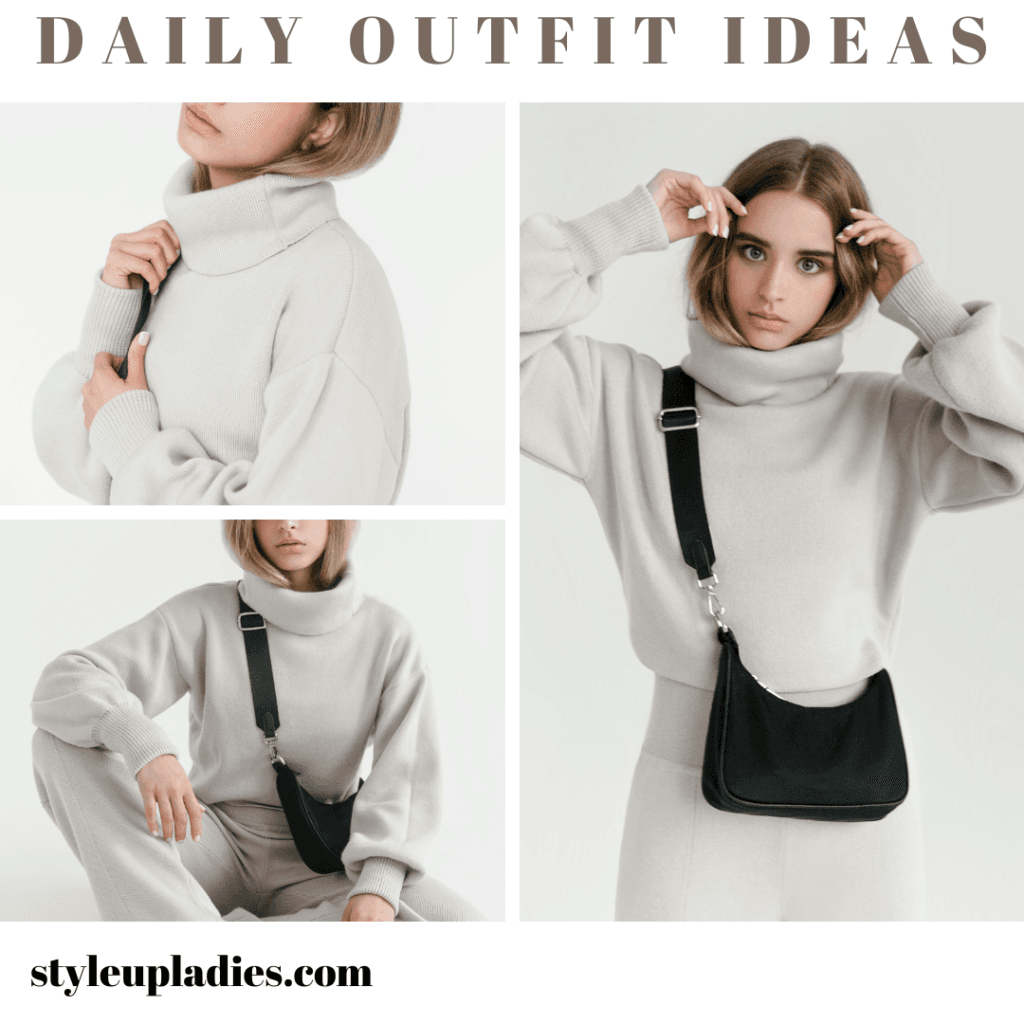
7 Reasons Why Everyone is Struggling to Put an Outfit Together and How to Overcome Them
Putting together an outfit can sometimes feel like a frustrating puzzle. Despite a full wardrobe, many people struggle with creating cohesive looks.
From poor wardrobe management to a lack of confidence, several factors might be holding you back. But don’t worry—once you identify the root causes, you can take simple steps to transform the way you approach dressing.
Let’s explore seven common reasons why you might be struggling to put outfits together and how to overcome each one.
1. Lack of Wardrobe Organization
A messy, disorganized wardrobe is one of the main reasons outfit planning becomes challenging. When your clothes are stuffed into drawers or scattered across your room, it’s hard to know what you own—let alone put together matching pieces.
Solution:
Start by decluttering your closet. Donate or sell items you no longer wear and organize the rest in a way that works for you. Consider sorting by type (tops, pants, dresses) or color for easy navigation.
Invest in storage solutions like bins, hangers, and dividers to keep everything tidy. A well-organized wardrobe saves time and inspires creativity when styling outfits.
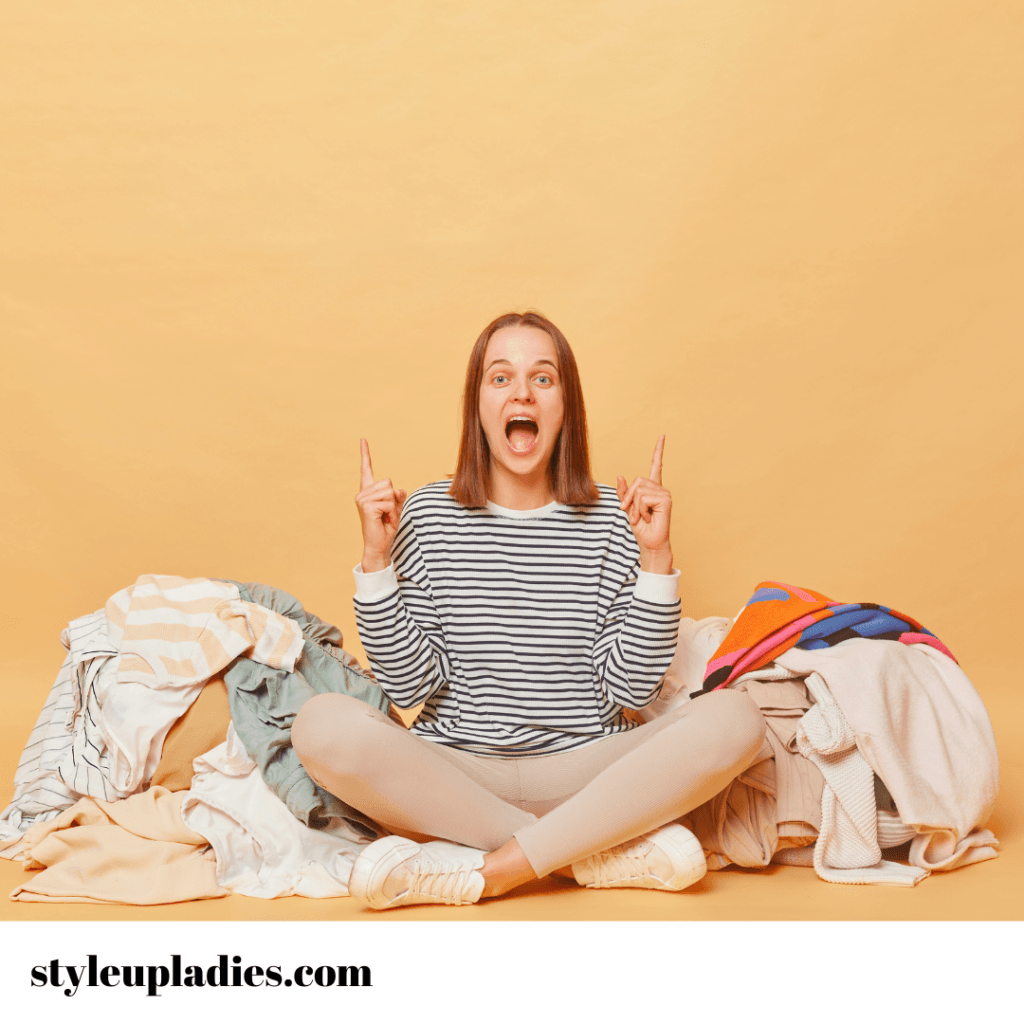
2. Overwhelming Options
Sometimes, having too many clothes can make decision-making feel impossible. With endless choices, you may experience “decision fatigue” and end up wearing the same familiar outfits repeatedly.
Solution:
Adopt a minimalist approach by building a capsule wardrobe. Focus on owning versatile, high-quality staples like a tailored blazer, dark jeans, and a classic white shirt.
These timeless pieces can be mixed and matched easily, reducing overwhelm while increasing outfit possibilities. Remember, it’s about quality, not quantity.
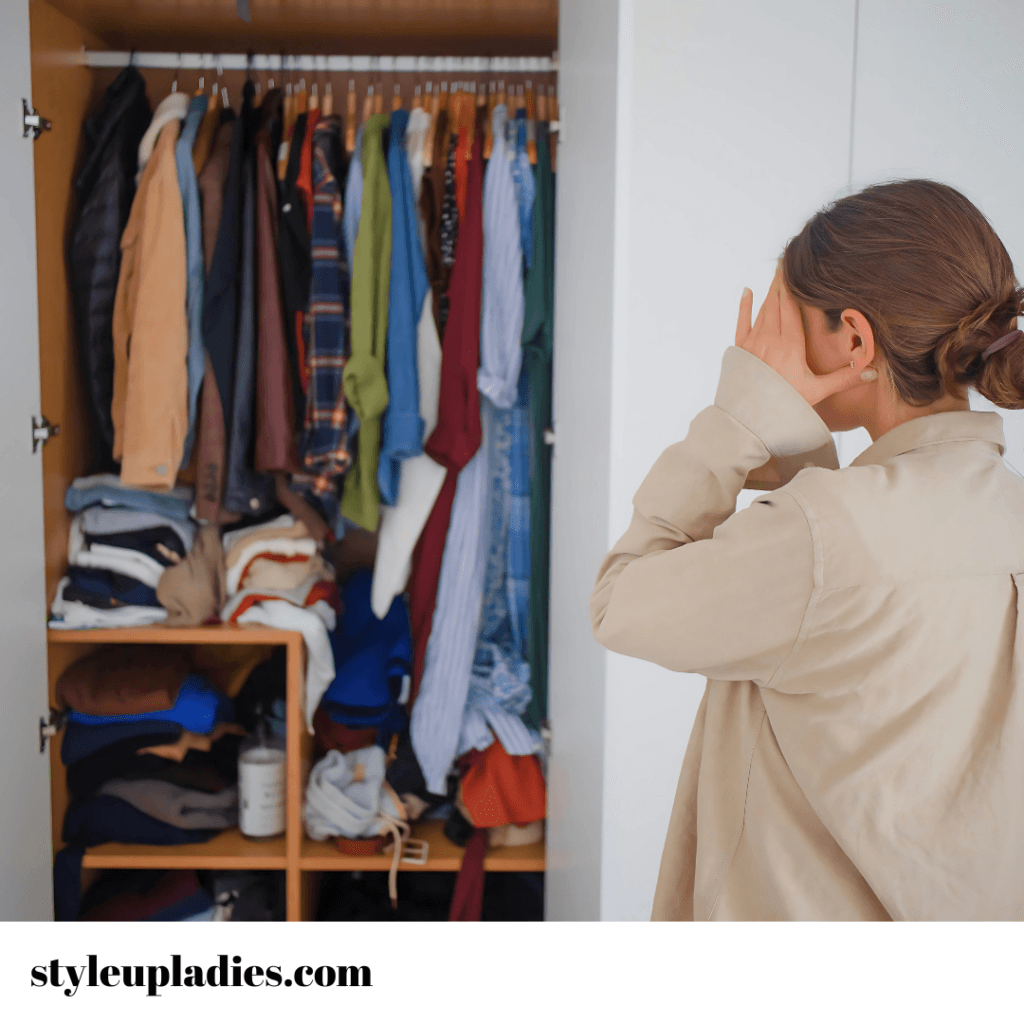
3. Not Knowing Your Personal Style
Without a clear sense of personal style, you might feel lost when choosing clothes. It’s like navigating without a map—you’re unsure which direction to go.
Solution:
Take some time to define your personal style. Are you drawn to bohemian prints, modern minimalist cuts, or edgy leather pieces? Create a mood board using Pinterest or cut-outs from magazines to visualize your preferences.
Once you’ve defined your style, curating your wardrobe will feel more intentional and aligned with your personality.
4. Ignoring Your Body Shape
Ignoring your body shape can lead to unflattering outfit choices. Each body type—whether pear, apple, hourglass, or rectangle—has specific cuts and silhouettes that enhance its natural proportions.
Solution:
Learn about your body shape and which styles work best for you. For instance, A-line dresses are perfect for pear-shaped bodies, while wrap dresses accentuate an hourglass figure.
Petite individuals can elongate their frame with high-waisted pants and vertical stripes. Dressing for your shape not only improves your look but also boosts your confidence.
5. Poor Color Coordination
Struggling with color combinations can leave you feeling uninspired. Wearing mismatched or clashing hues can make even stylish pieces look disjointed.
Solution:
Start with neutral basics like black, white, beige, and gray—they’re easy to pair with any color.
Use the color wheel to guide your choices: complementary colors (like blue and orange) create bold contrasts, while analogous colors (like green and yellow) offer harmony. Experiment with adding pops of color through accessories or layering.
6. Rushing the Process
Throwing together an outfit at the last minute often results in mismatched pieces that don’t reflect your style. Great outfits require thought and preparation.
Solution:
Plan your outfits in advance. Lay out your clothes the night before, including shoes and accessories. This small habit not only saves time in the morning but also ensures you’re satisfied with your look.
If mornings are especially hectic, consider creating a weekly outfit plan to simplify your routine further.
7. Lack of Confidence
Sometimes, the biggest obstacle to dressing well is self-doubt. You might second-guess your choices or feel too afraid to experiment with new styles.
Solution:
Confidence comes with practice and self-acceptance. Start by wearing outfits that make you feel comfortable and gradually push your boundaries by trying bolder pieces or accessories.
Remember, there’s no one-size-fits-all approach to fashion. Embrace your individuality and have fun expressing yourself through your outfits.
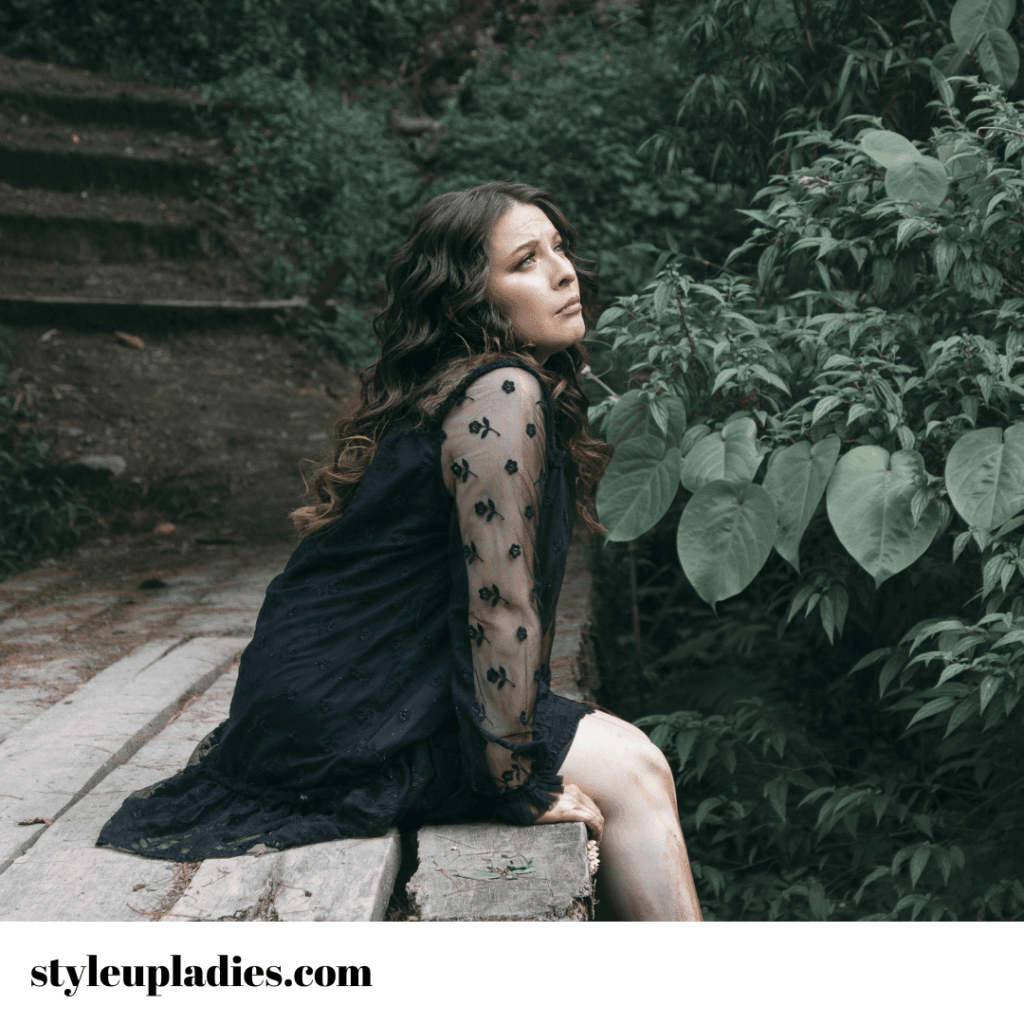
Additional Tips for Effortless Outfit Planning
- Use the Rule of Thirds
The rule of thirds helps create balanced and visually appealing outfits. Divide your outfit into proportions such as 1:2 (e.g., high-waisted pants with a cropped top) or 2:1 (a long coat over a short dress). These ratios add interest and polish to your look. - Incorporate Accessories
Accessories can elevate even the simplest outfits. Add a statement necklace, bold belt, or structured bag to make your look stand out. - Experiment with Layering
Layering adds depth and texture to outfits. Try combining a turtleneck under a slip dress or layering a blazer over a sweater for added dimension. - Keep a Style Journal
Track your favorite outfits in a journal or app. This helps you identify patterns in your style and serves as a go-to guide when you’re feeling stuck.
Putting together outfits doesn’t have to be a frustrating task. By addressing these common challenges and adopting practical solutions, you can take the guesswork out of getting dressed.
Organize your wardrobe, define your style, and embrace tools like the rule of thirds to create cohesive, flattering looks effortlessly.
Remember, fashion is a journey—enjoy the process and let your personality shine through every outfit.
4 Essential Tips to Make Putting Outfits Together Easier
1. Dress to Suit Your Shape
Understanding your body shape is a game-changer in styling outfits that not only look good but feel good. Knowing which pieces enhance your natural proportions helps simplify your choices.
Pro Tips:
- Pear Shape: Balance proportions with A-line skirts and structured tops to accentuate your waist.
- Hourglass Shape: Opt for wrap dresses or fitted blazers to highlight your curves.
- Rectangle Shape: Add definition with belts and peplum tops.
By choosing clothing that compliments your body, you’ll feel more confident and put-together in no time.
2. Define Your Personal Style
Your personal style is the foundation of your wardrobe. Think of it as your signature—a reflection of your preferences and personality.
Steps to Identify Your Style:
- Inspiration Board: Save images of outfits you love. Look for patterns in colors, silhouettes, or vibes.
- Evaluate Favorites: Check your wardrobe for pieces you wear often. These are clues to your preferred style.
- Test and Refine: Experiment with different aesthetics to see what resonates most with you—whether it’s minimalist, edgy, bohemian, or vintage-inspired.
When your wardrobe aligns with your personal style, it becomes much easier to put outfits together that feel authentic.
3. Master the Art of Color Coordination
Colors are powerful—they can make or break an outfit. Using basic color theory, you can create harmonious combinations effortlessly.
Color Coordination Tips:
- Complementary Colors: Pair opposites on the color wheel (e.g., blue and orange) for bold, eye-catching looks.
- Analogous Colors: Combine shades next to each other (e.g., green and yellow) for a softer, harmonious effect.
- Neutral Foundations: Use white, black, beige, or gray as versatile bases to anchor your look.
When in doubt, start with a neutral palette and add pops of color through accessories or a statement piece.
4. Apply the Rule of Thirds for Balanced Proportions
The rule of thirds, a design principle often used in art and photography, applies seamlessly to fashion. This rule helps create balanced, visually pleasing outfits by dividing your look into proportions like 1:1:1, 1:2, or 2:1.
How to Use It:
- 1:1:1: Create equal sections, such as a tucked-in top, belt, and mid-length skirt.
- 1:2: Pair high-waisted pants (two-thirds) with a cropped or fitted top (one-third).
- 2:1: Layer a long coat (two-thirds) over a shorter outfit like a mini dress (one-third).
By following these ratios, your outfits will always look polished and intentional.
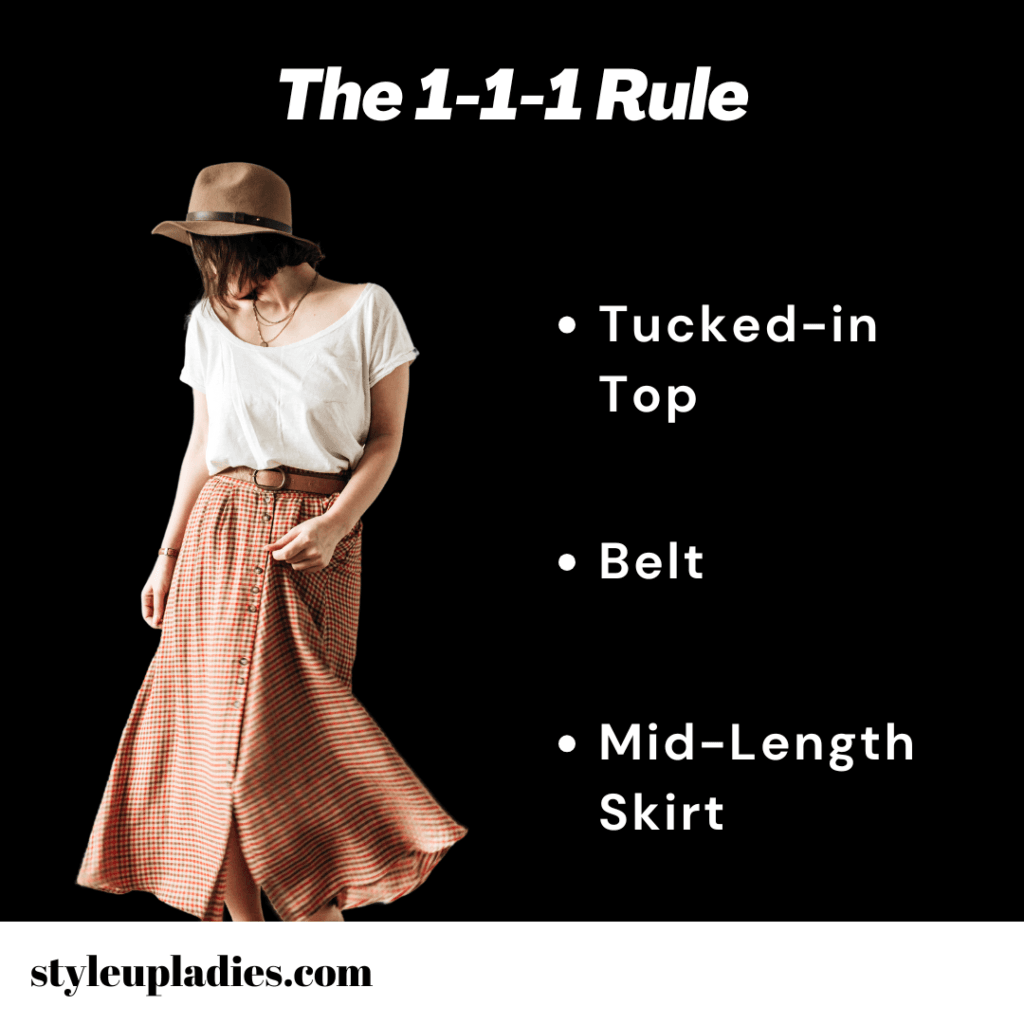
With these four tips, you’ll find it easier to create outfits that look stylish, flattering, and uniquely yours.
How to Put an Outfit Together Using a Color
How to Put an Outfit Together with Solid Colors
Solid colors are ideal for creating a sleek, unified look. They are easy to style and perfect for occasions when you want to make a bold statement.
Steps to Style Solid Colors:
- Start with a Base: Choose a standout piece like a red jumpsuit or a cobalt blue dress.
- Complement with Accessories: Add neutral accessories such as nude heels, a matching clutch, or minimal jewelry to let the base color shine.
- Keep It Balanced: Avoid overwhelming the look by sticking to one dominant color and subtle accents.
This approach is perfect for creating a polished, impactful outfit with minimal effort.
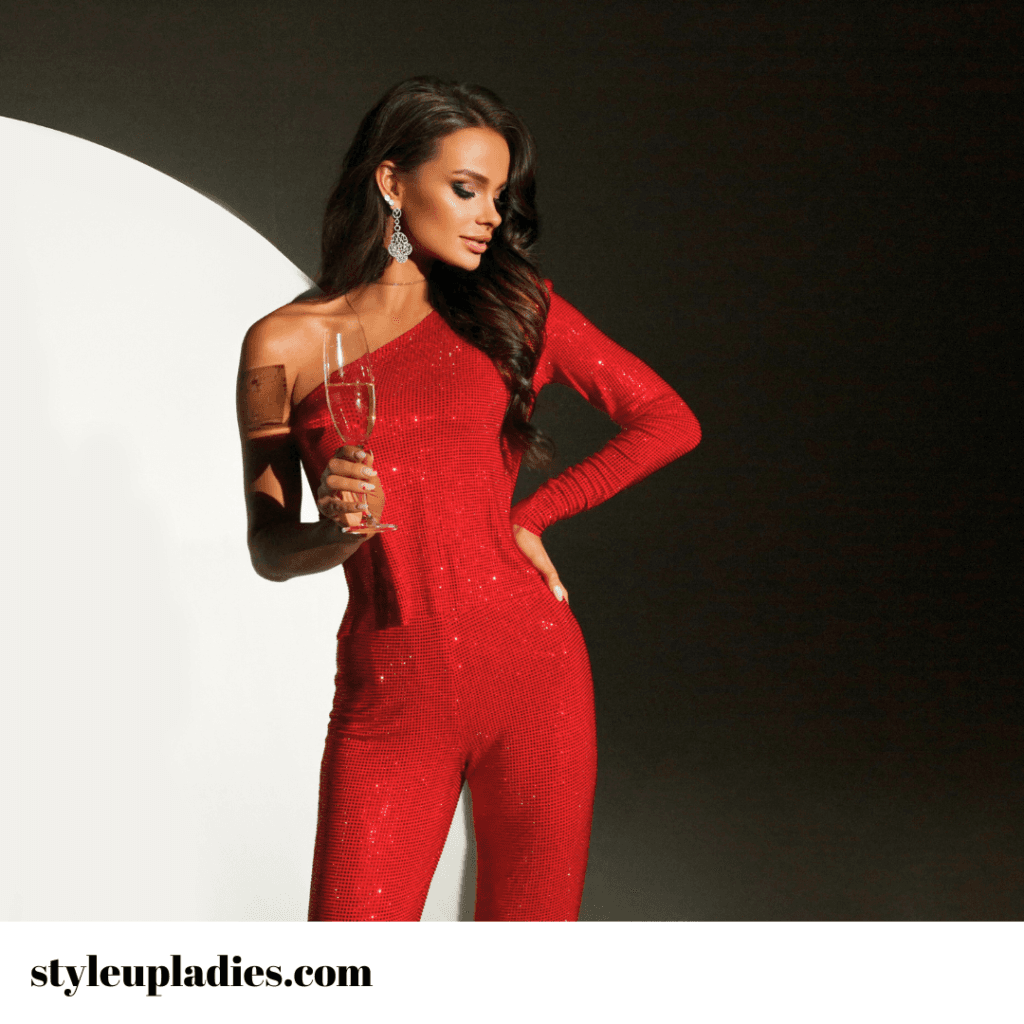
How to Put an Outfit Together Using Neutral Hues
Neutral tones like beige, white, and gray are versatile and timeless. They provide a blank canvas to experiment with different textures and layers.
Steps to Style Neutrals:
- Choose a Base: Pair beige trousers with a crisp white blouse.
- Add Complementary Elements: Finish the look with tan loafers or a camel blazer.
- Incorporate Texture: Use knitwear, leather, or suede to add depth and interest to an otherwise simple outfit.
Neutral hues are perfect for achieving an effortless, refined style that works in both casual and professional settings.
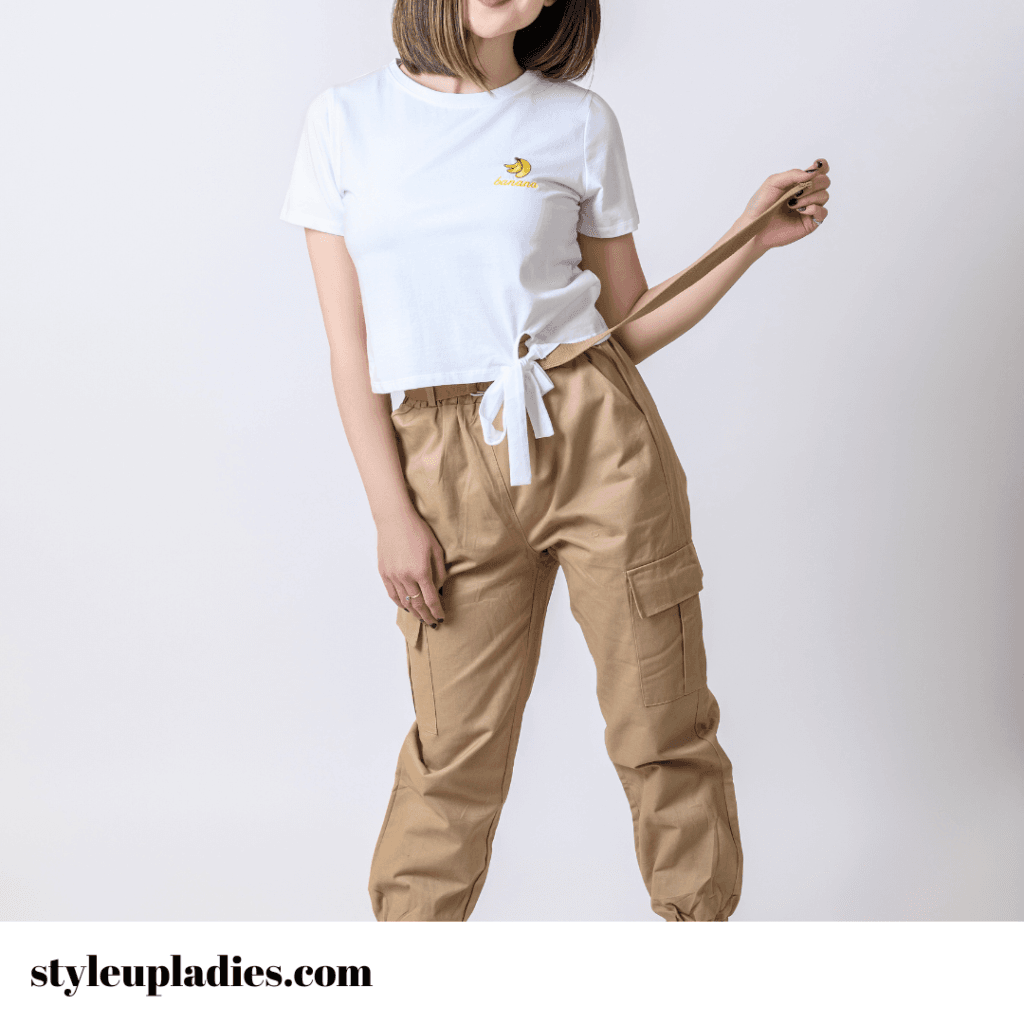
How to Put an Outfit Together with Prints
Printed pieces add personality and vibrancy to your wardrobe but can be tricky to style if not balanced correctly.
Tips for Styling Prints:
- Let Prints Take Center Stage: Focus on one bold piece, like a floral maxi skirt or a striped blouse.
- Pair with Solids: Balance the print with a solid-colored tank top or trousers to avoid clashing patterns.
- Keep Accessories Minimal: Choose understated accessories such as a dainty necklace or neutral bag to maintain focus on the print.
By letting the printed piece stand out, you create a cohesive and eye-catching look without overdoing it.
These tips make it simple to create outfits with solid colors, neutral hues, or bold prints, giving you endless possibilities for expressing your style.
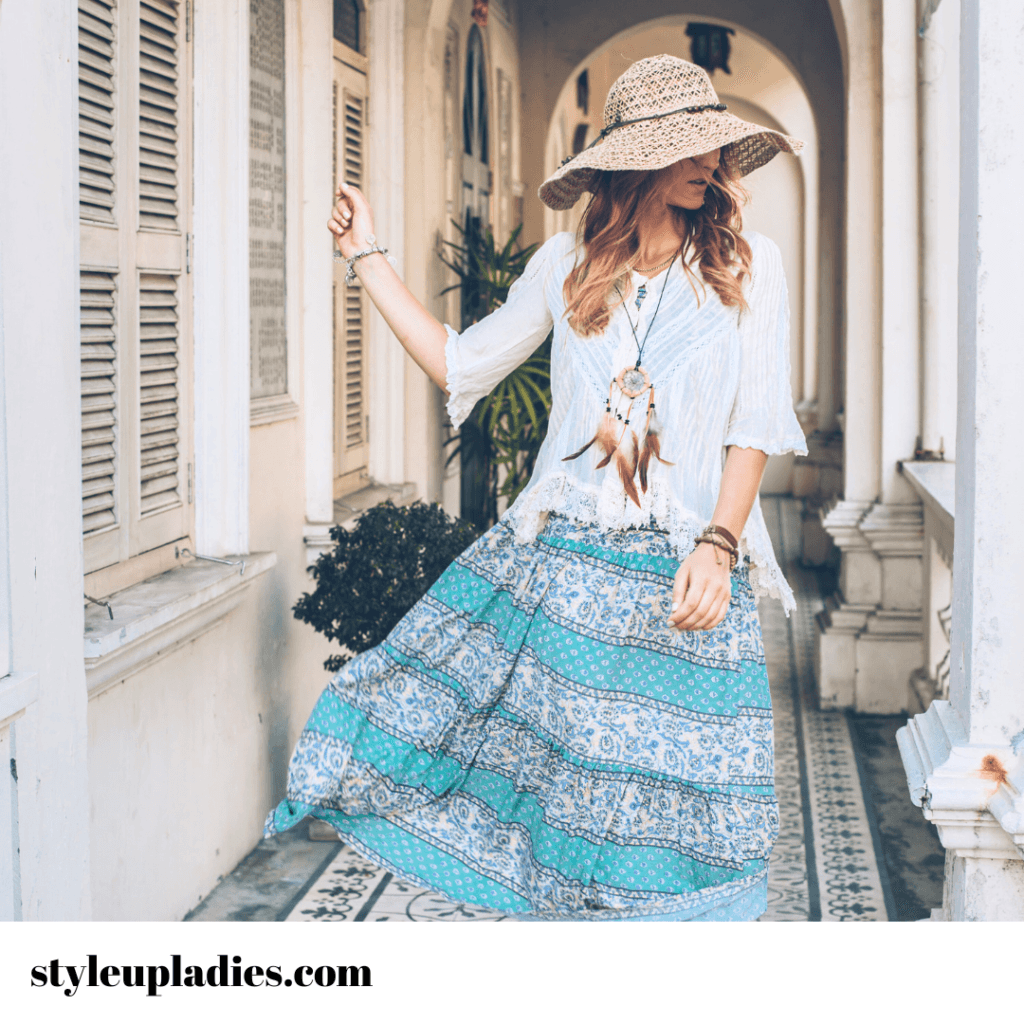
How to Put an Outfit Together?
The Simple Formula for Building an Outfit
The easiest way to create a cohesive look is to follow the Base + Layer + Accent formula.
- Base: Start with foundational pieces like a t-shirt and jeans or a dress.
- Layer: Add depth and dimension with a cardigan, jacket, or blazer.
- Accent: Complete the look with accessories such as a scarf, belt, or statement jewelry.
This formula keeps your outfits structured and visually appealing while offering endless variations.
How to Use the Formula in Different Scenarios
1. Casual Look
- Base: Pair dark skinny jeans with a fitted white t-shirt.
- Layer: Add a cozy knit cardigan or denim jacket for a relaxed vibe.
- Accent: Finish with a chunky necklace, a crossbody bag, and sneakers.
This look is perfect for coffee dates or running errands while staying stylish.
2. Professional Look
- Base: Start with tailored black trousers and a crisp button-down shirt.
- Layer: Swap the cardigan for a structured blazer to create a polished appearance.
- Accent: Add pearl earrings, a leather belt, and closed-toe heels for a classic office-ready outfit.
This combination strikes the perfect balance between sophistication and functionality.
Tips for Effortless Styling
- Stick to Neutrals for the Base: They’re versatile and easy to build on.
- Experiment with Layers: Try textures like suede, knit, or leather to keep your look interesting.
- Use Accessories Strategically: Opt for bold accents to elevate a simple outfit or minimal accents to complement a bold base.
By using the Base + Layer + Accent method, you’ll have a reliable framework to create stylish, well-put-together outfits for any occasion.
Why Do We Find It So Hard to Get Dressed?
Getting dressed often feels more challenging than it should be, and there are a few reasons why:
- Overthinking the Process: Many of us second-guess our choices, trying to meet external expectations or worrying about what others might think.
- The Influence of Trends: Social media and fast-changing trends can make us feel like we’re never wearing the “right” thing, adding unnecessary pressure.
- Lack of Preparation: A disorganized wardrobe or not planning outfits ahead of time can turn dressing into a stressful, rushed decision.
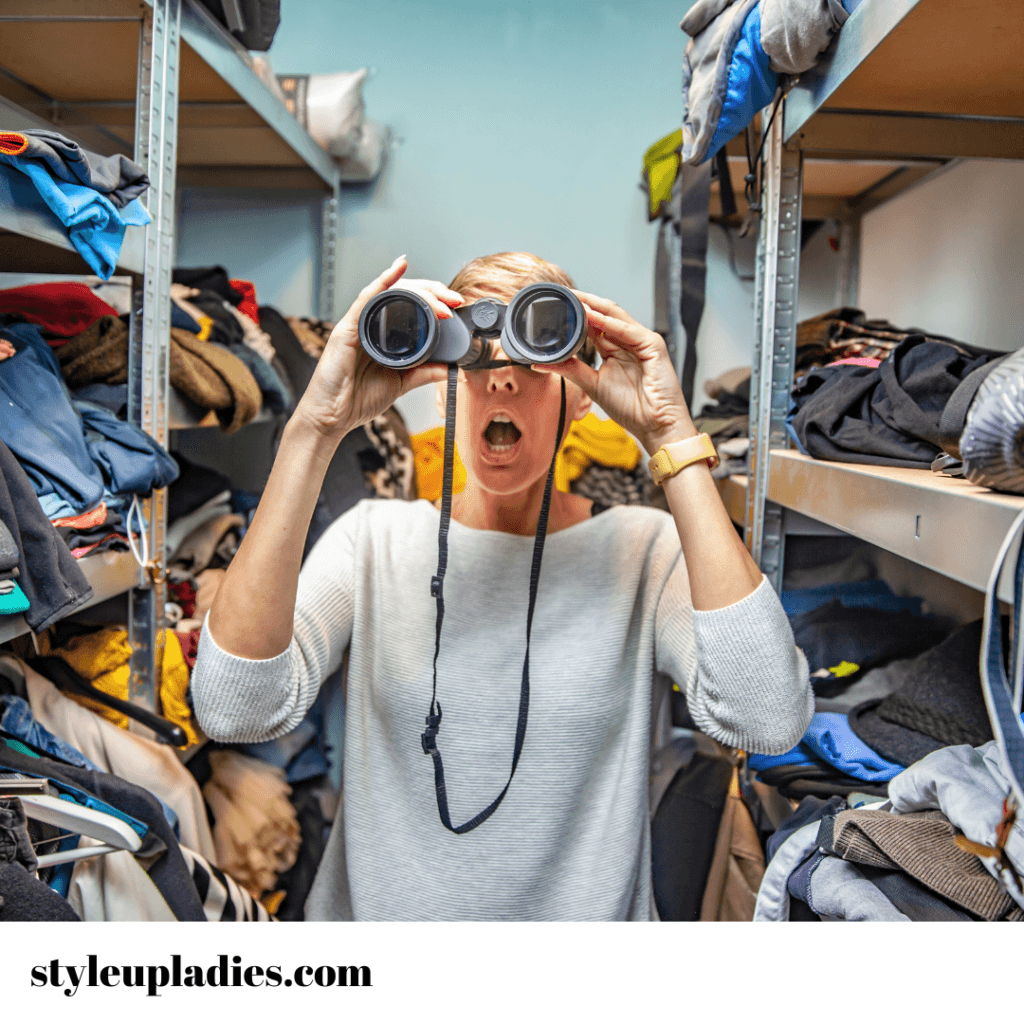
How to Simplify Getting Dressed
- Focus on pieces that work for your personal style and body shape.
- Keep your wardrobe organized, making it easy to find and pair items.
- Plan outfits the night before to reduce morning stress.
With a little preparation and a shift in mindset, getting dressed can become a seamless and enjoyable part of your day.
How to Create Healthy Habits for Building Outfits Together?
- Plan Ahead – Lay out your outfit the night before to avoid last-minute panic.
- Invest in Staples – High-quality basics like white shirts, black trousers, and denim jackets can form the foundation of endless looks.
- Practice Styling – Experiment with your clothes on weekends to discover new combinations.
- Organize Your Closet – Keeping everything neat and visible saves time and energy.
How Do You Put Outfits Together with Clothes You Already Have?
Putting together outfits with your existing wardrobe is all about creativity and fresh perspective.
Here are some steps to help you make the most of what you already own:
1. Revisit Your Wardrobe with Fresh Eyes
- Take a moment to explore your closet as if you’re shopping in a store.
- Notice items you haven’t worn recently and imagine new ways to style them.
2. Mix and Match
- Pair pieces you’ve never combined before to create unexpected looks.
- For example, layer a summer dress over a fitted turtleneck for a winter-appropriate outfit.
3. Accessorize Creatively
- Use belts, scarves, or jewelry to update old favorites.
- Adding a statement necklace or bold earrings can completely transform a basic look.
4. Experiment with Layers
- Combine different textures and layers to give your outfits depth.
- A denim jacket over a maxi dress or a blazer over a graphic tee can refresh your style.
5. Embrace Versatility
- Look for multifunctional pieces in your wardrobe.
- A long shirt can double as a dress, or a scarf can be styled as a belt or headband.
6. Declutter for Inspiration
- Streamline your wardrobe by removing pieces that no longer fit or excite you.
- A decluttered space makes it easier to focus on and appreciate what you have.
By mixing, matching, and accessorizing your existing clothes, you can discover endless possibilities without spending a dime.
Conclusion
Putting together an outfit doesn’t have to feel like a chore. With these steps, tips, and formulas, you can transform the way you get dressed and enjoy the process.
Remember, fashion is all about self-expression, so have fun experimenting and finding what works best for you.
Frequently Asked Questions About How to Put an Outfit Together
How Do You Make an Outfit Look Put Together?
Focus on fit, coordination, and accessories. Even a simple look can shine with the right details.
How Do You Put Layered Looks Together?
Start with a base, add functional layers like cardigans, and finish with outerwear and accessories.
What Makes a Good Outfit?
A good outfit flatters your body shape, suits the occasion, and feels true to your personal style.
How Can I Make My Outfit Unique?
Incorporate unexpected elements like vintage accessories or bold patterns to stand out.
How Do You Make a Boring Outfit More Interesting?
Use statement jewelry, vibrant colors, or playful textures to elevate a simple look.
How Can I Use Accessories to Put an Outfit Together?
Accessories can transform your look. Belts, hats, and jewelry add personality and polish.
What Colors Are Easiest to Match?
Neutral tones like white, black, and beige are the easiest to mix and match.
How Do I Build a Capsule Wardrobe?
Choose versatile, high-quality staples that can be styled in multiple ways to save time and effort.
Can I Use Trends to Put an Outfit Together?
Yes! Incorporate trendy pieces thoughtfully by pairing them with timeless basics.
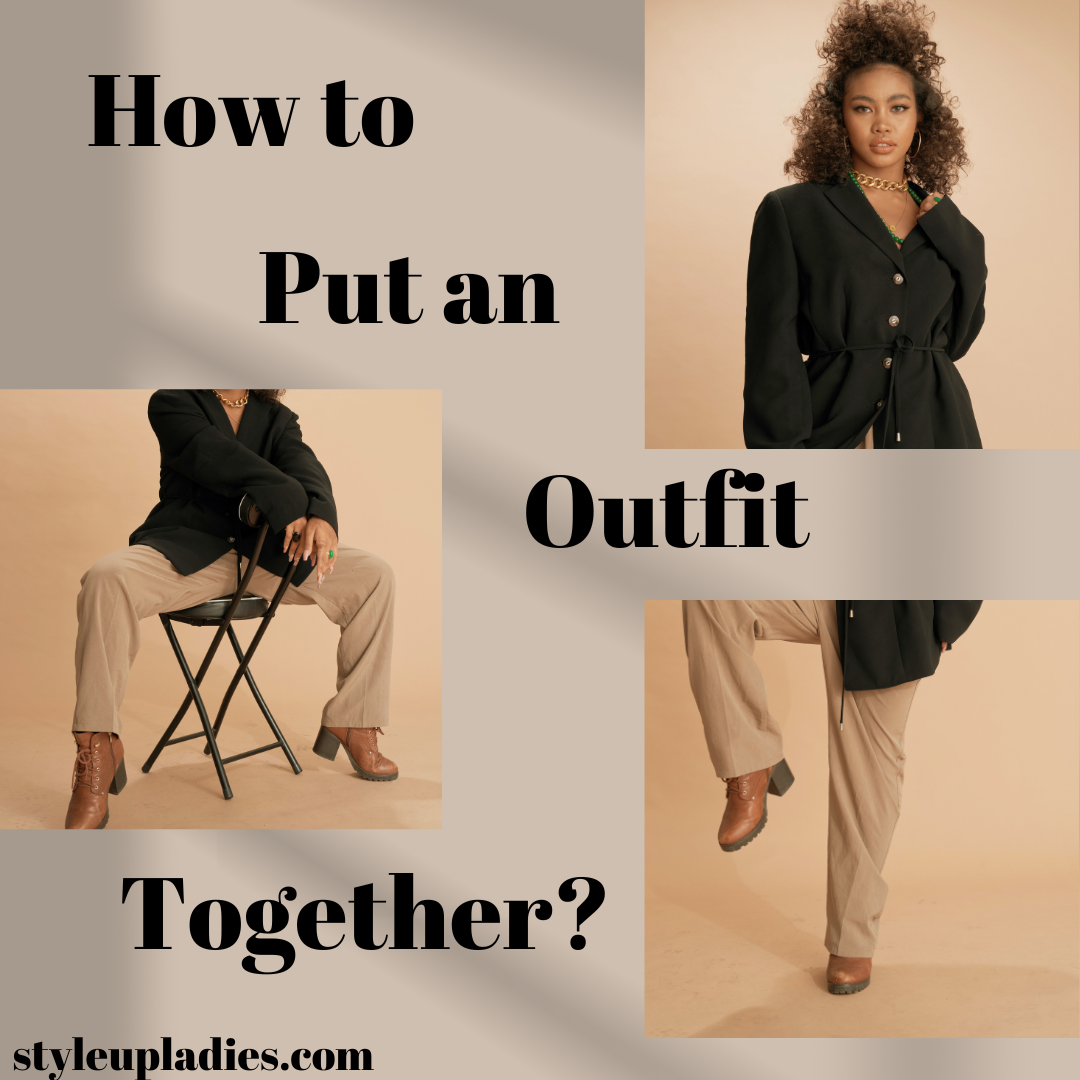
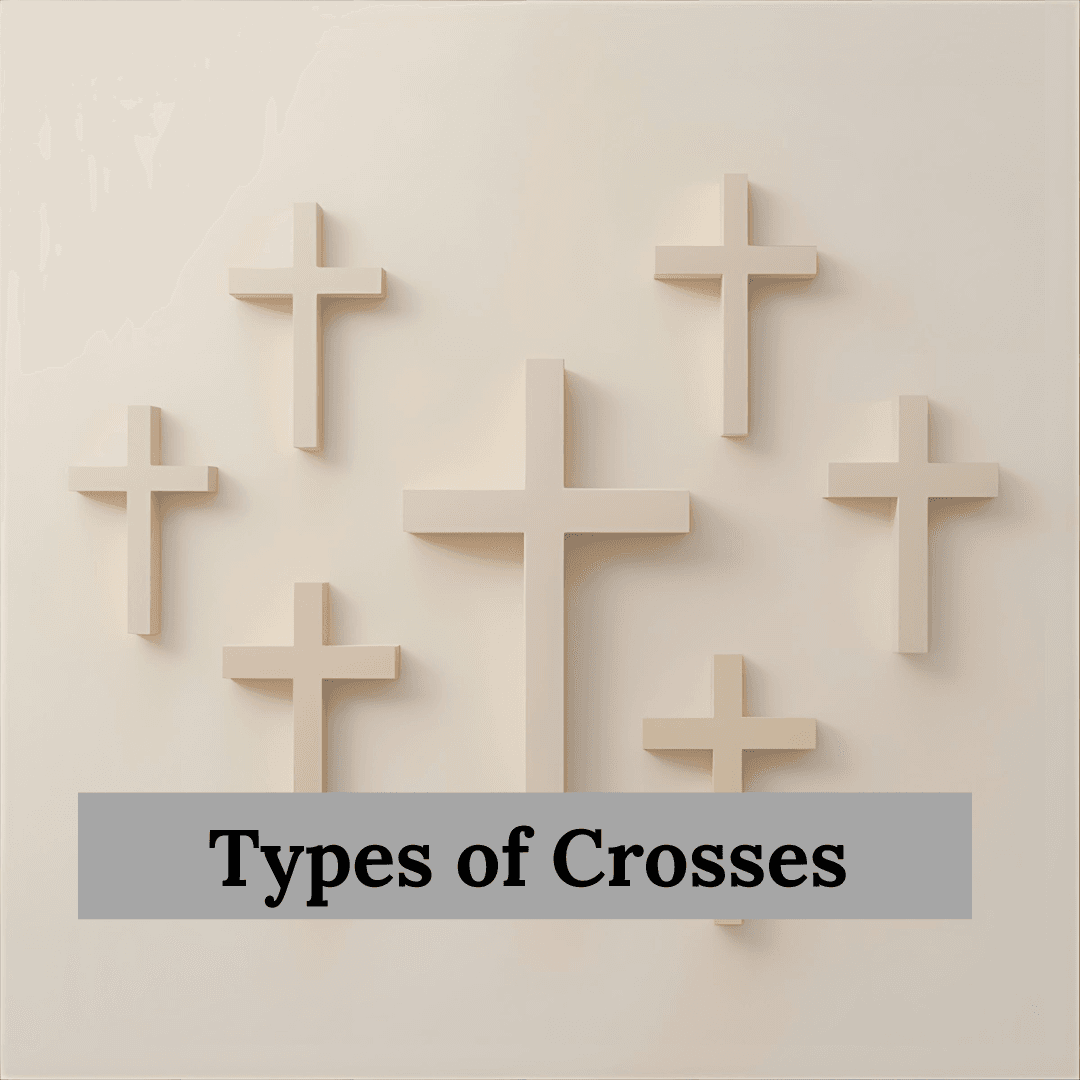
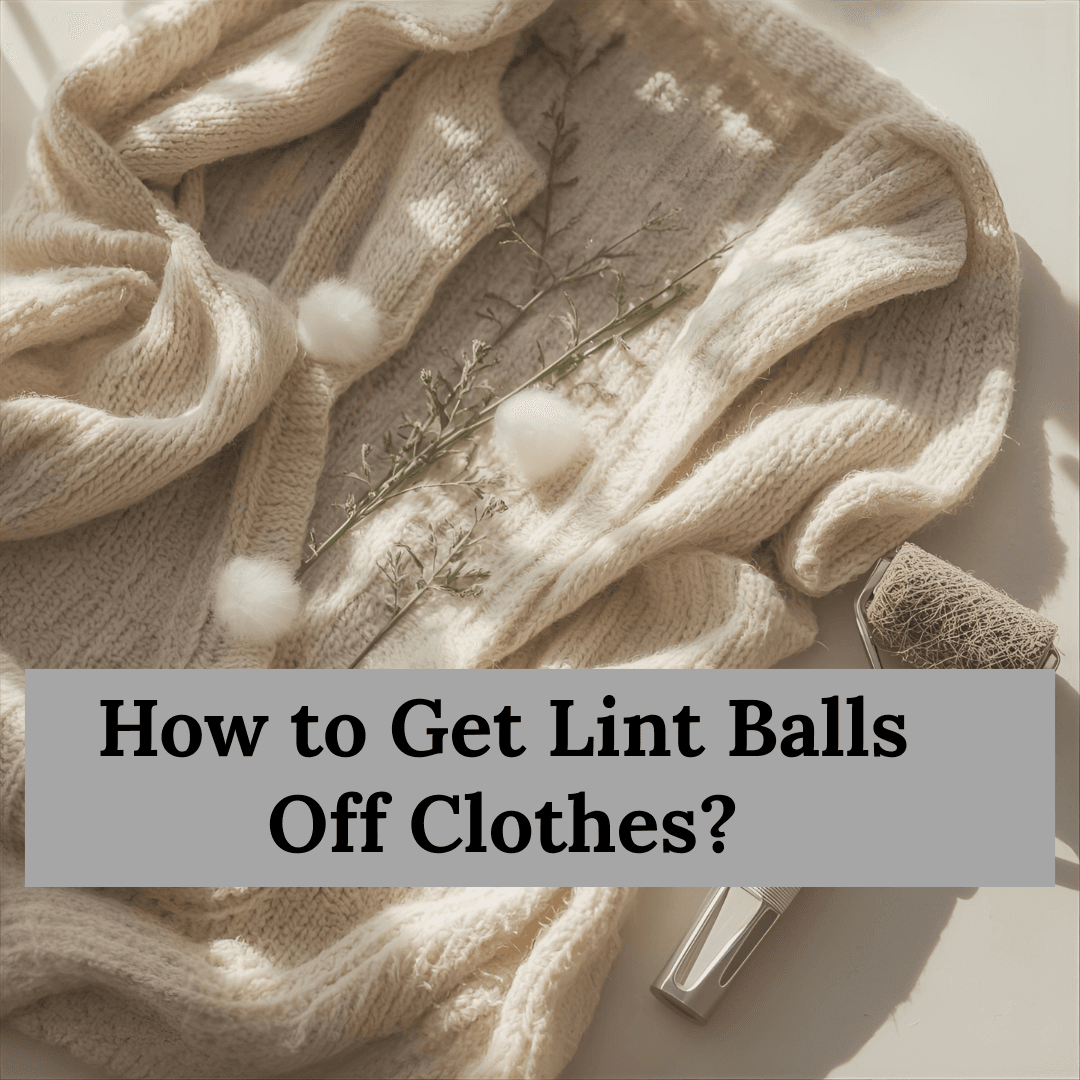
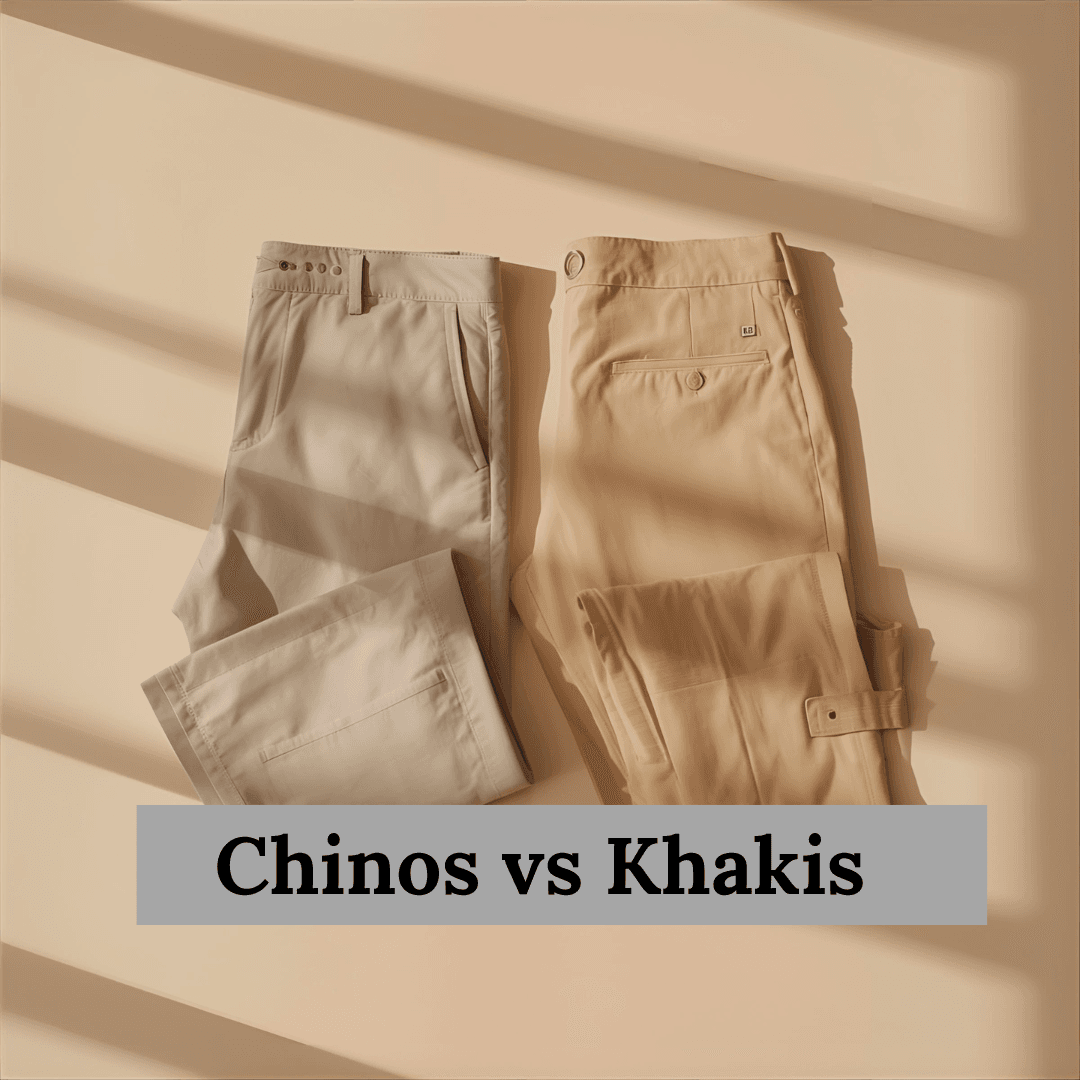
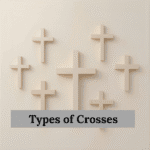


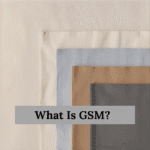
Leave a Reply